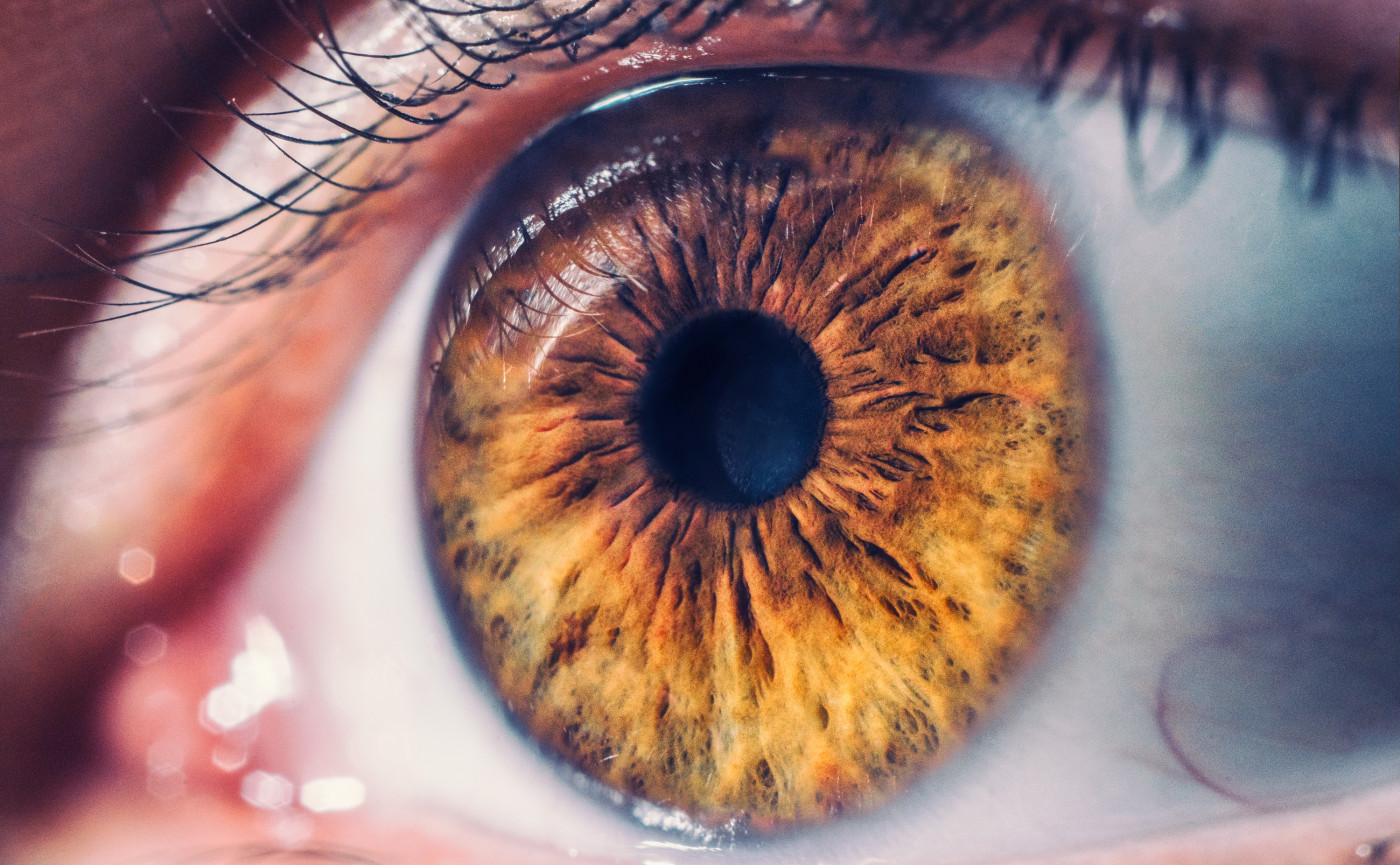Eye Deformity Common in Alport Best Captured Using Optical Coherence Tomography, Case Report Finds

A common eye abnormality of Alport syndrome (AS), called anterior lenticonus, can best be diagnosed by a non-invasive method called anterior segment optical coherence tomography (AS-OCT), a case study reports.
Researchers used AS-OCT to see in greater detail the deformities in the eye of a young woman with Alport syndrome, who had severe vision loss associated with nearsightedness and cataracts. Her eye problems were treated by cataract surgery.
The case report “Phacoemulsification in bilateral anterior lenticonus in Alport syndrome – A case report” was published in the journal Medicine.
Alport syndrome is a rare genetic disease that affects multiple organs, and is marked by progressive kidney disease, hearing loss, and eye problems.
A major eye symptom of Alport is anterior lenticonus — a deformation of the lens of the eye, which refracts (bends) light coming from the cornea and focuses it on the retina, the tissue and nerve endings at the back of the eye that transmits visual information to the brain.
Nearly all people with anterior lenticonus have Alport syndrome, so it can also be a valuable diagnostic tool. It is treated by replacing the lens, as is done in cataract surgery.
Anterior lenticonus may cause progressive sight loss, mainly due to secondary complications that include the development and worsening of myopia (nearsightedness) and astigmatism.
Various tools exist to detect anterior lenticonus, including ultrasound biomicroscopy (UBM) and corneal topography, including Scheimpflug analysis and Placido’s disc-based systems.
However, AS-OCT has several advantages over them, including a higher image resolution and a faster three-dimensional scanning process, the study noted. OCT is a non-contact and non-invasive method that obtains a cross-sectional image of the eye based on the reflection of light.
AS-OCT enables easy measurement of anterior segment structures of the eye — the front third of the eye, including the cornea, iris, and lens. As it allows visualization of these eye parts in high detail, it is commonly used by ophthalmologists to evaluate patients prior to cataract surgery or other interventions.
This report, led by medical doctors from Mashhad University’s Eye Research Center in Iran and the University of Utah’s John A. Moran Eye Center, describes the case of 23-year-old women with Alport syndrome for whom AS-OCT proved the best approach in confirming the presence of anterior lenticonus.
The woman complained of blurred vision and had severe, progressive vision loss in both eyes, which had started several years before.
Standard eye exams identified the presence of anterior lenticonus with abnormally shaped lenses, and a posterior sub-capsular cataract in both eyes (a clouding of the lens, in this case, the back part of the lens). This was associated with considerable myopia and astigmatism, both considered a consequence of lenticonus.
In addition to anterior lenticonus, she had kidney and hearing abnormalities.
Researchers used the AS-OCT scanner CASIA2 to display the anterior lenticonus and confirm its diagnosis. Compared to other scanners, this model allows seeing the entire lens and has a better overview of lens shape, position, and orientation.
Given the presence of posterior cataracts, doctors decided to treat the woman with a type of cataract surgery called phacoemulsification, in which an ultrasonic device is used to break up and remove the damaged lens, which is then replaced by an artificial lens.
After surgery, an antibiotic eye drop (Oftaquix, [levofloxacin]) and a topical corticosteroid (betamethasone) were prescribed.
Four weeks after surgery, the patient achieved an “excellent refractive status” with improve visual acuity in both eyes and lesser astigmatism.
This report is the first to describe the use of CASIA2 to see and confirm a diagnosis of anterior lenticonus, supporting that “AS-OCT is a valuable device for confirming the budging of the anterior crystalline lens surface,” the researchers wrote.
Doctors can also take advantage of this method to show patients OCT images to make them more aware of their eye problems, the team added.







Leave a comment
Fill in the required fields to post. Your email address will not be published.